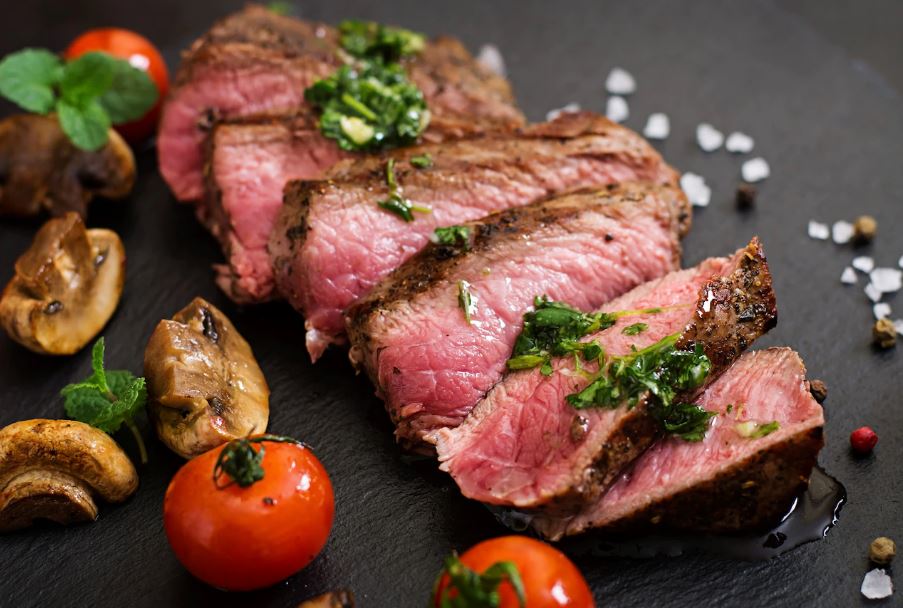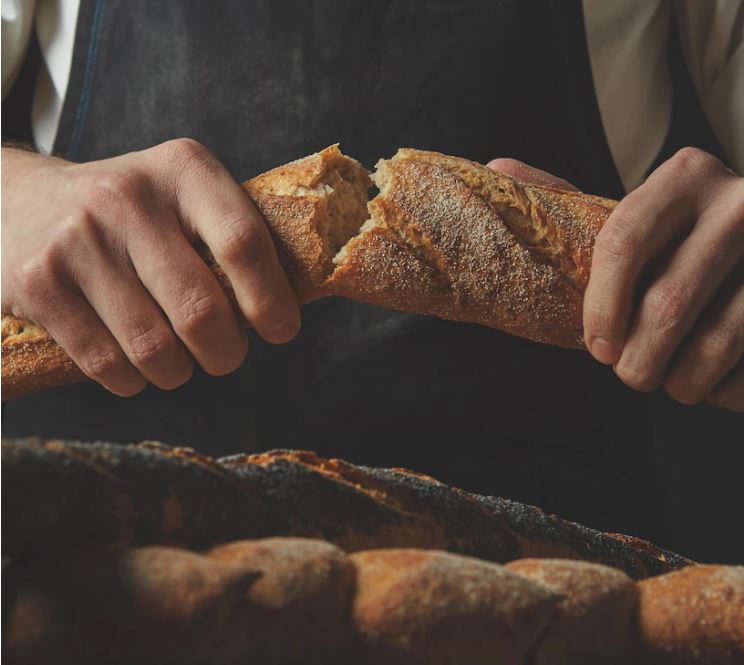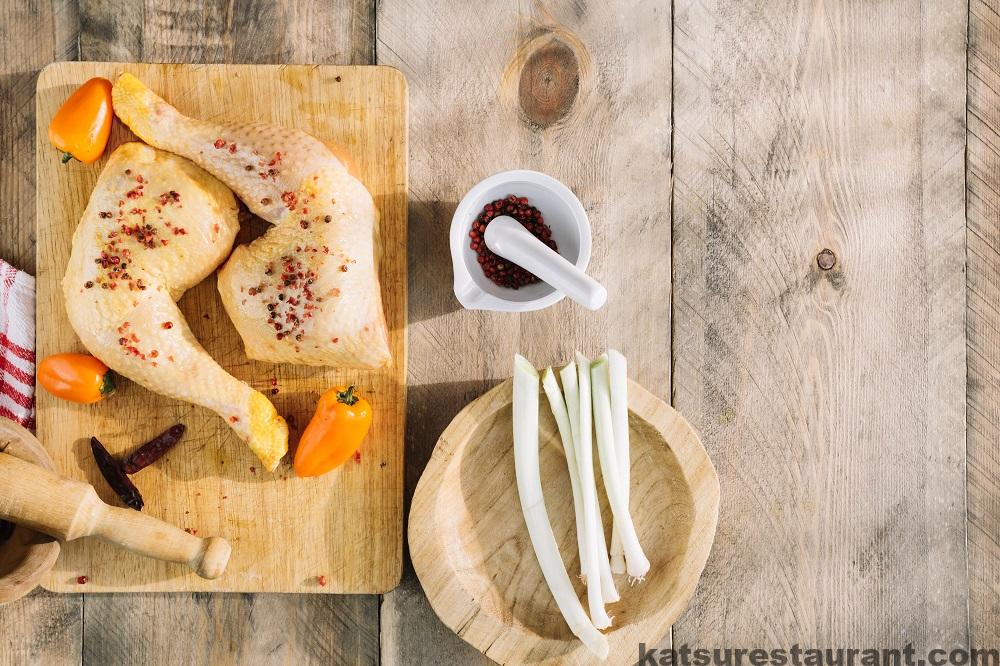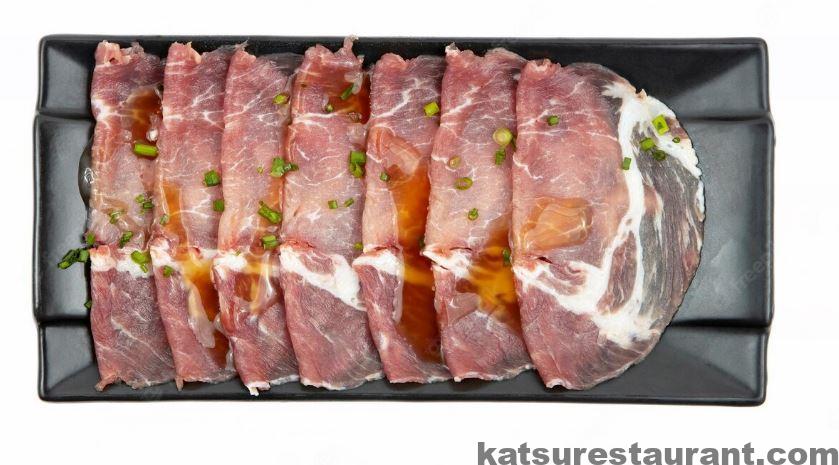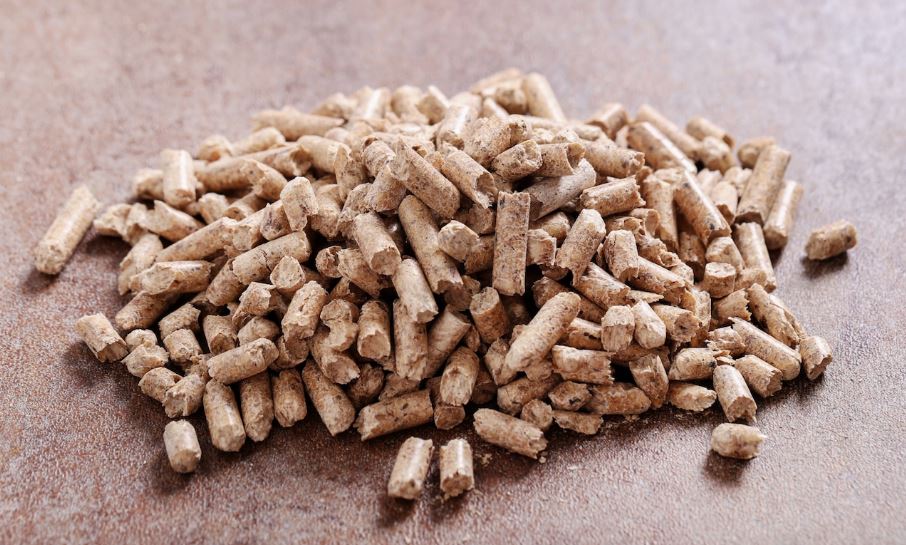If you’re looking for a unique way to spice up your at-home cooking routine, then look no further than beat your meat in a paper towel roll. This simple technique can turn an ordinary cut of meat into something extraordinary – succulent slices that are full of flavor and texture. Not only is it easy to learn the basics, but this method also gives you great flexibility when it comes to seasoning and marinating your proteins. With just a few basic steps and tips, you can master the art of beating your meat in a paper towel roll!
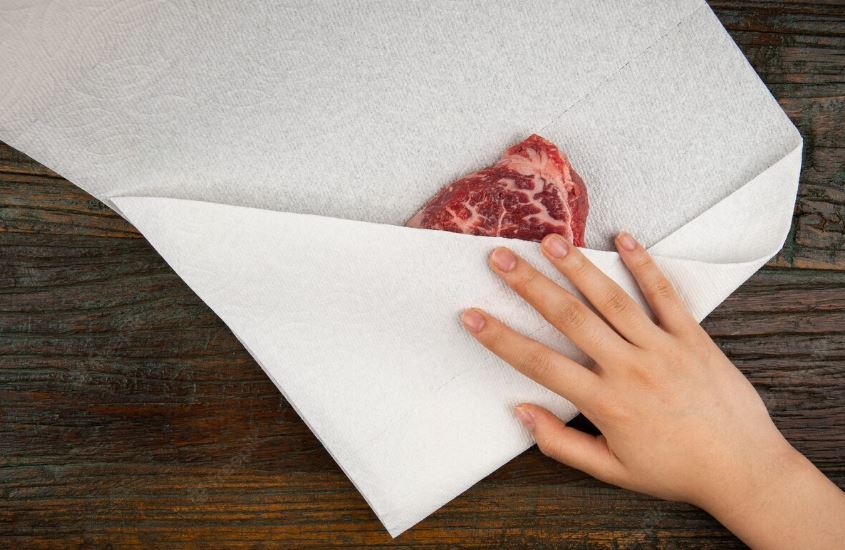
How To Beat Your Meat In A Paper Towel Roll?
1. Start by cutting a paper towel roll into four equal pieces. You may have to adjust the size of your roll depending on the type and size of your meat.
2. Place one piece of the paper towel roll onto a cutting board, then place your cut of meat on top. Use a kitchen mallet or rolling pin to pound and flatten the meat until it is thin and even.
3. Once your meat is flattened, season generously with salt, pepper, garlic powder or whatever other spices you’d like to use. You can also marinate your protein in a flavorful liquid such as Worcestershire sauce or Italian dressing for extra flavor.
4. Place the second piece of paper towel roll on top of the seasoned meat and repeat the pounding process until your second layer is also thin and even.
5. Remove both pieces of paper towel roll from the cutting board, then flip them over so that the original cut of meat is now between two layers of paper towel roll. This will help to keep your meat from sticking together and promote even cooking.
6. Place the roll onto a heated, oiled skillet or grill pan over medium heat and cook both sides until the meat is cooked through. Depending on the thickness of your cut, this could take anywhere from two to five minutes per side.
7. Remove the meat from the pan and serve with your favorite sides or toppings. Enjoy!
What’s The Difference Between A Vegetarian And Vegan Diet?
A vegetarian diet is a plant-based diet that omits all animal products, including meat and seafood. A vegan diet excludes all animal products, including dairy and eggs as well. Both diets are centered on consuming fruits, vegetables, legumes, whole grains and nuts. The key difference between the two is that vegetarians may consume dairy and eggs, whereas vegans do not. Both diets are rich in vitamins, minerals and antioxidants and have been shown to reduce risk of chronic diseases such as heart disease, diabetes and certain cancers. They also provide numerous health benefits, including improved digestion and weight loss. Ultimately, the choice between vegetarianism and veganism is a personal decision based on individual dietary preferences and lifestyle.
Why Should You Go Plant-Based?
Going plant-based is a great way to lead a healthier and more sustainable lifestyle. A plant-based diet generally contains fewer saturated fats, trans fats, cholesterol and sodium than diets that include animal products, resulting in improved heart health and reduced risk of chronic diseases. Additionally, eating plant-based foods can help reduce your carbon footprint since plants require fewer resources to produce than animal products. For example, it takes up to 11 times more land and 10 times more water to produce one pound of beef compared to one pound of wheat. Finally, going plant-based can help improve your overall wellbeing since a diet centered on plants is generally higher in fiber, vitamins and minerals than ones based on animal products. Ultimately, switching to a plant-based diet is an excellent choice for both your health and the environment.
Tips For Making The Switch
To A Plant-Based DietMaking the switch to a plant-based diet can seem daunting at first, but with the right approach it doesn’t have to be. Here are some tips that may help you make the transition:
1. Start by gradually incorporating more plant-based foods into your diet. This could mean replacing one meal a week with a vegetarian dish or trying a vegan version of your favorite recipe.
2. Focus on adding more fruits, vegetables and whole grains to your diet rather than worrying about what you’re taking away.
3. Experiment with different plant-based proteins such as beans, lentils, tofu and tempeh to find the ones that you like the best.
4. Look for vegan alternatives to your favorite animal-based foods such as dairy and eggs. There are now numerous plant-based versions of these items available in most grocery stores.
5. Make sure that you’re getting enough vitamins and minerals by taking a daily multivitamin or Vitamin B12 supplement (if you’re vegan).
6. Seek out recipes and meal ideas to help keep your diet interesting and enjoyable.
7. Connect with other plant-based eaters through social media or local meetups if possible. This can provide invaluable support and encouragement during the transition process.
Conclusion
In conclusion, beating your meat in a paper towel roll is a quick, easy and flavorful way to prepare proteins. It’s also much healthier than deep frying or using batter, as it requires less fat and oil. Additionally, it can be used for both vegetarian and vegan proteins, which makes it a great option for those looking to eat a more plant-based diet. So if you’re looking for a tasty way to prepare your favorite proteins, give this method a try!

